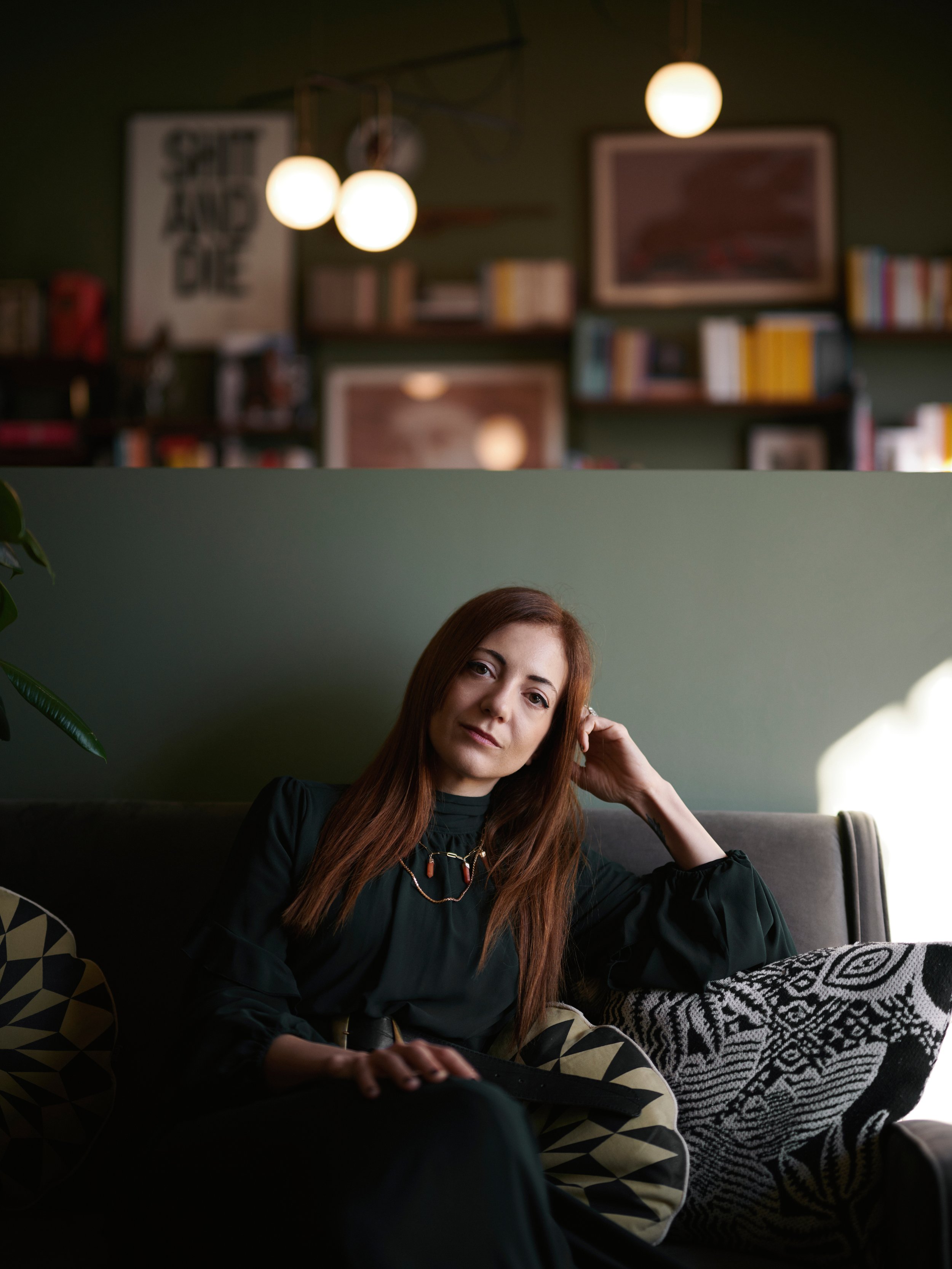The uncultivated as possibility














Meeting Matteo Baracco in his Turin studio was an opportunity to explore the many directions an expressive, personal path can take. Our conversation touched on the consistency of a practice that stands apart from mainstream trends, while placing deeply relevant themes at its core.
Photo: Lorenzo Morandi
Conversation: Lorenzo Morandi, Matteo Baracco
LM:
Nature plays a central role in your work. Do you see it as a companion, an ally, or an adversary to humankind?
MB:
Perhaps Nature is just a reflection. We see it change, but it’s really our gaze that shifts. It is ancient, primal presence. It doesn’t ask to be understood, but to be listened to. Its essence reveals the distance, or the closeness, between what we are and what we’ve forgotten to be. In the native ecologies of Indigenous peoples, who live in harmony with Nature, we can rediscover a way of existing where the human is not separate, but part of a living whole.
LM:
“Uncultivated” is both a word and a concept that seems central to your work. It also seems to resonate with your personality. In what way?
MB:
Uncultivated is what escapes order, what grows on the margins, what resists imposition. It’s expectation, possibility, fertile discontinuity. In both life and work, the uncultivated is a space of freedom, imperfect, alive, open to becoming. It’s where something unforeseeable can emerge.
LM:
How important is direct experience of nature in your creative process? Is there a sensory or ritual dimension that repeats over time?
MB:
Nature is fundamental in my life. It’s not just a source of inspiration, but a concrete presence, a material I relate to. Often, my creative process begins with walking. I move through places, I listen, I collect fragments, I let myself be guided by what I encounter. There’s no fixed ritual, but rather a form of constant attention. I rely on wonder. Every time is different, and perhaps that’s what sustains my work, the possibility that something may emerge, from silence, from gesture, from direct contact. Nature is not just depicted in my works, it is part of them, in the most physical and profound sense.
LM:
Historically, Nature has often been portrayed as a passive backdrop, a resource to be exploited, or even as a hostile force to be dominated in order to survive. Your work seems to restore its autonomy, its own dignity. Is that a conscious choice?
MB:
I’m very drawn to its wild, instinctive presence. Sometimes quiet, sometimes overwhelming, always unpredictable. Through my work, I try not to impose a viewpoint, but rather to open up spaces for reflection. Nature needs to be allowed to emerge as it is. My relationship with it is not one of control, but of coexistence.
Related stories



